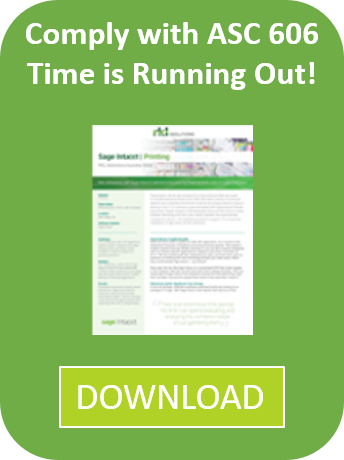The end of the month can be a stressful time for anyone. It is usually when mortgage or rent payments are due, plus it is typically when subscriptions for anything from Apple Music to Netflix are either renewed or canceled. The latter fact is not lost on software-as-a-service providers, which must gather numerous metrics on customers and revenue at the close of each monthly cycle while also managing the impact of subscriber churn at that time.
 This process naturally takes a toll on finance teams. They have a lot to keep track of, but they usually have to rely on old-fashioned tools such as Excel and QuickBooks to handle all of the associated work. Accordingly, redundant data entry and error-prone operations are too common, as are procedural delays and frantic dashes to the finish line.
This process naturally takes a toll on finance teams. They have a lot to keep track of, but they usually have to rely on old-fashioned tools such as Excel and QuickBooks to handle all of the associated work. Accordingly, redundant data entry and error-prone operations are too common, as are procedural delays and frantic dashes to the finish line.
The upcoming changes to revenue recognition rules have the potential to complicate things further, unless SaaS companies take a fresh approach. What is the best alternative to spreadsheets?
How the rev rec shift will shake up the SaaS industry
Updates to ASC 606 and IFRS 15 include a number of key adjustments that SaaS firms will have to deal with:
- Since their businesses are subscription-based, SaaS providers face the prospect of having to account for a contract under both the old and new rules – for example, a subscription that began before the required switch for private organizations in 2018 but ended after it would necessitate dual reporting.
- Revenue forecasting will require fresh attention. The updated standards change the timing of rev rec for software licenses, plus they may create the need for new contracts (and cancelation of old ones) if modifications are made. In this context, SaaS vendors will need superior access to metrics that can inform their forecasts.
- Reallocations during contract changes, as well as expense deferrals, will be more common under the new rules. This means traditional coping mechanisms, such as spreadsheet and desktop software, will become unsustainable as the sheer amount of necessary adjustments will overwhelm such manual processes.
We can certainly see a future in which the SaaS sector struggles to keep up with the revised standards for revenue recognition. However, there is a better way forward. By switching to cloud financial software such as Intacct, subscription software companies can navigate the regulatory transition and better serve all of their stakeholders.
"With cloud software, subscription software companies can navigate the regulatory transition."
The unique advantages of cloud accounting software
What does a SaaS organization gain from a platform like Intacct? For starters, there is the ability to manage the rev rec transition. Side-by-side reporting gives teams deep insight into revenues, profits, margins, and other metrics. Old and news rules can even be applied simultaneously to these numbers.
Organizations also benefit from the low-maintenance, automatically updated cloud infrastructure behind Intacct. Instead of wrangling with technical issues, finance teams can gain freedom from IT and generate a wide variety of reports as the need arises.
 SaaS providers face big challenges from changes to revenue recognition.
SaaS providers face big challenges from changes to revenue recognition.
Setting up Sage Intacct with the help of RKL – an Sage Intacct Premier Partner – ensures that all of the solution's revenue recognition benefits come to fruition. There might still be plenty of work to do at the end of each month on your subscriptions, but handling it will be smoother than ever thanks to dependable software and a trusted implementation partner.




